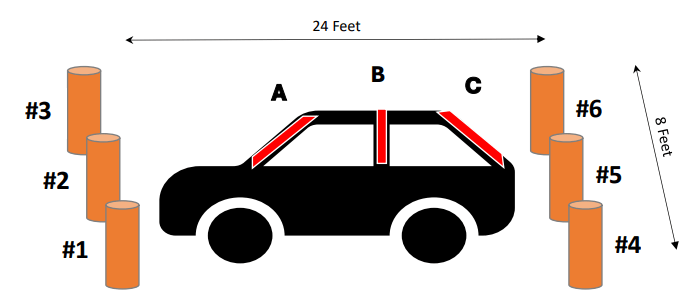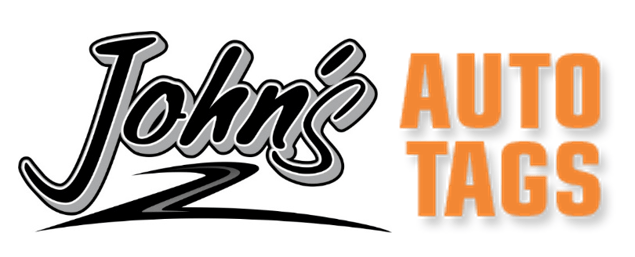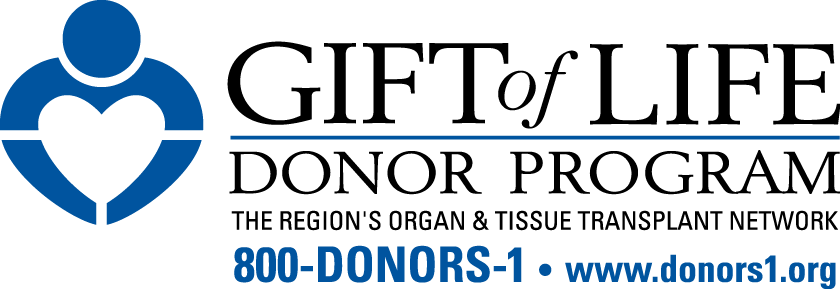How To Parallel Park For PA Driver’s Tests
Read more on PennDot parallel parking regulations. As a PennDOT-certified 3rd party Testing Center, we are required to follow the same guidelines as all state-operated Pennsylvania Driver’s License Centers.
Parallel parking is a key skill tested during your Pennsylvania driver’s license exam—and it’s one that many student drivers worry about. But with the right technique, consistent practice, and understanding of PennDOT’s guidelines, you’ll be ready to park with confidence.
Schedule Our Driver’s Training Courses Today!
Step-by-Step Parallel Parking Instructions
When taking your test, you must park within an 8′ x 24′ space marked by cones, barrels, or posts. You’re allowed 1 attempt with up to 3 forward and 3 reverse movements to position your vehicle fully inside the space. Here’s how to do it:
- Approach the space: Signal right as you approach. Align your vehicle about 2–3 feet away from the parked car (or cones).
- Line it up: Slowly move forward until the first cone (or car’s taillight) lines up with the far edge of your back passenger window.
- Turn and reverse: Turn the wheel fully right, shift into reverse, and begin backing up.
- Option A: Watch your driver’s side mirror—stop when Cone #6 appears.
- Option B: Use the rearview mirror and stop when Cone #6 lines up with your rear headrest.
- Straighten out: Straighten your wheel (about 1.5 turns left), continue reversing until Cone #1 appears in your front windshield or your backup camera yellow line touches the curb.
- Final adjustment: Turn the wheel fully left and reverse until straight. If needed, pull forward slightly to straighten your vehicle.
- Finish: Put the car in park and set the emergency brake.
Reminder: All tires must be inside the white lines. Tapping cones or hitting the curb too hard will end the test unsuccessfully.
Download Our Instructional Parallel Parking PDF
PennDOT Rules You Must Follow During the Test
- Use turn signals when entering and exiting the space.
- Look over your left shoulder for traffic when exiting.
- Do not hit cones or markers—even lightly tapping one can result in failure.
- Tires cannot touch the lines.
- Touching the curb is allowed, but not forcefully or if you go over it.
Practice Makes Perfect
Here are a few local spots in Bucks, Delaware, Philadelphia, and Chester Counties where you can safely practice parallel parking:
- Neshaminy Mall (Bensalem, PA) – Large, quiet sections in off-peak hours.
- Cornwells Heights Park & Ride (Bensalem, PA) – Often quiet during midday hours.
- Wells Fargo Center Lots (Philadelphia, PA) – Spacious during non-event days.
- Springfield Mall (Delaware County) – Great for early morning practice.
- Fairmount Park (Philadelphia) – Several low-traffic parking areas.
Use cones or small markers to create a mock test space (8’ x 24’).
Learn How To Parallel Park With John’s Driving School
At John’s Driving School, we specialize in helping student drivers master essential skills like parallel parking, lane changes, and safe turning techniques. Our certified instructors provide clear, step-by-step instruction tailored to each student’s pace and confidence level. Whether you’re preparing for your driver’s test or just building experience behind the wheel, we focus on real-world practice and personalized feedback to help you feel fully prepared on test day and beyond.
Check out our driving lessons for new drivers, where you can choose from a number of driving courses, which include:
- Behind-the-Wheel Driving Lessons
- StreetSafe Behind-the-Wheel Driving Lessons
- Online Driver’s Education Theory Course
- C.A.T. Clinic (Collision Avoidance Techniques)
-
Schedule Our Driver’s Training Courses Today!
Parallel Parking Tip For Test Day
- Bring your valid PA Learner’s Permit – Must be the most recent, unlaminated, legible copy.
- Have a licensed driver (21+) with you – Parent, guardian, or certified adult.
- DL-180C form required if your parent/guardian isn’t present.
- Test vehicle must be roadworthy – Lights, wipers, brakes, and signals all must work.
- Have valid registration & insurance – Make sure VINs match on both cards.
What Happens on the Driving Test?
- The test takes about 15 minutes.
- You’ll demonstrate vehicle controls: lights, wipers, horn, defrosters.
- Parallel parking is the first part—if unsuccessful, the test ends there.
- If you pass parking, you’ll head out onto local roads for a basic driving assessment.
The key to passing is practice, confidence, and a positive mindset. At John’s Driving School, we work with students throughout Bucks, Delaware, Chester, and Philadelphia Counties to build lifelong safe driving habits. With guidance from our certified driving instructors, most students improve quickly with feedback and encouragement.
Contact John’s Driving School To Enroll In New Driver’s
Frequently Asked Questions About Parallel Parking For Driver’s Tests
How far can my car be from the curb during the test?
Your car must be within 12 inches (1 foot) of the curb to pass.
Can I touch the curb during parallel parking?
Yes, gently touching the curb is allowed—as long as you don’t drive up onto it or bump it hard.
Will I fail if I hit a cone or marker?
Yes. Touching or knocking over cones typically results in an automatic failure.
How many times can I adjust during parallel parking?
You’re allowed up to three movements forward and backward to position your vehicle properly.
Can I open my door to see the curb?
No, opening the door during the test is not allowed and may result in points off or disqualification.
Do I have to use my turn signal when parallel parking?
Yes, always signal when pulling into and out of a parking space. It’s part of the test.
What size is the parallel parking space on the test?
In Pennsylvania, the space is typically 8 feet wide by 24 feet long.
Do I need to put on the emergency brake?
Yes, at the end of the maneuver, you should shift into park and set the emergency brake.
Can I use my backup camera during the test?
Backup cameras may be used, but you should still check mirrors and blind spots—relying solely on the camera is discouraged.
What happens if I fail the parallel parking portion?
If you cannot successfully complete the parallel parking maneuver, the test will usually end there and you’ll need to reschedule.
What is the 1 2 1 method of parallel parking?
The 1-2-1 method is a simple way to remember how to turn your steering wheel while parallel parking:
1 full turn right to enter the space,
2 full turns left to straighten out,
1 full turn right to center the wheel.
How many attempts do you get to parallel park?
Most driving tests, including Pennsylvania’s, allow one official attempt at parallel parking. Within that attempt, you’re allowed up to three movements (forward and backward) to adjust your position without hitting cones or curbs.
What is a common mistake when parallel parking?
A common mistake is turning the wheel too late or not sharply enough, which causes the rear tires to miss the correct angle into the space. Other frequent errors include being too far from the curb, hitting a cone or the curb, or overcorrecting and ending up crooked.
How many people struggle with parallel parking?
Studies and surveys suggest that nearly half of americans feel anxious about parallel parking, making it one of the most dreaded parts of the driving test. With proper instruction and practice, however, confidence improves significantly.







